
The automotive industry is undergoing a profound transformation towards electrification and intelligence, with semiconductor companies at the heart of this revolution. This shift presents significant growth opportunities as well as numerous challenges, demanding disruptive technologies and shorter development cycles. Strengthening collaboration between semiconductor manufacturers, Tier 1 suppliers, and automakers is essential to tackle these complexities and advance toward a future of electrified, automated, and connected vehicles.
Collaborative Innovation to Shape the Future of Automotive Electronics
The trends of electrification and intelligence are reshaping automotive design and redefining its core architecture. As smart, connected electric vehicles (EVs) become a reality, electronics are playing an increasingly pivotal role, with semiconductor companies like STMicroelectronics at the center of this shift.
The shift towards E/E systems and SDVs offers vast opportunities for semiconductor firms, highlighted by the rising semiconductor value per vehicle — projected to hit $800 this year and exceed $1,000 soon. This growth, however, poses challenges, requiring disruptive tech development and adherence to shorter industry development cycles.
Addressing these challenges requires stronger collaboration across the value chain. Semiconductor manufacturers, automotive suppliers, cloud service providers, and automakers must work together more closely than ever before to achieve a shared goal: to create the next generation of EVs and SDVs.
System Knowledge Drives Product Development
Digital transformation drives automotive differentiation, with consumers demanding software-driven, smartphone-like features. The SDV concept addresses this by enabling rich, upgradeable features throughout a vehicle’s lifecycle. Achieving this requires hardware-software decoupling, allowing continuous updates independent of hardware changes.
Semiconductor firms lead this shift with scalable E/E and software architectures, offering high-performance MCUs, MPUs, and integrated platforms. By understanding end-use applications, they optimize system design, reduce complexity, and enhance cost efficiency. Their innovations support centralized computing, seamless software integration, and compliance with functional safety and energy efficiency standards, positioning them as key enablers of SDV development.
Smart Power Management: A Game Changer for Reliability and Safety
Ensuring system reliability while meeting stringent safety standards is a major challenge. Advanced electronic systems add complexity to automotive design, especially in the development of power and distribution systems. Traditional fuses and mechanical relays are being replaced by semiconductor-based smart power switches, which offer significant performance improvements.
Smart power switches provide precise load management, allowing for real-time monitoring and control of vehicle loads. This is essential for key safety systems such as Advanced Driver Assistance Systems (ADAS). Semiconductor switches enable predictive maintenance, support energy-efficient smart power management, and help reduce vehicle weight by optimizing wiring harnesses. The shift from conventional fuses to intelligent semiconductor-based fuses is one example of how innovation at the chip level can have a system-wide impact on energy efficiency, reliability, and environmental sustainability.
Accelerating Development Cycles Through Industry Collaboration
The automotive industry’s shift towards electrification and software-defined vehicles demands shorter development cycles. New entrants, especially technology-driven EV startups, are challenging traditional automakers with faster product launches and more agile development. Consumers now expect affordable vehicles to include the latest technology and upgradeable features, driving automakers to reduce their product development timelines.
This demand for speed presents a unique challenge for semiconductor companies. Managing multiple production processes and navigating global supply chain disruptions can be difficult, especially given that semiconductor production cycles range from four to six months. To overcome these hurdles, automakers and semiconductor companies must collaborate more closely than ever before.
Collaboration between automakers, semiconductor suppliers, and technical partners accelerates development and aligns with customer needs. Semiconductor firms, like STMicroelectronics, adopt end-to-end innovation to meet market demands. In China, a key EV growth market, STMicroelectronics established local innovation centers and production facilities, enabling faster support, supply chain agility, and market responsiveness.
A notable effort includes a silicon carbide (SiC) production facility with local partners. SiC is vital for high-efficiency EV power semiconductors. Local production shortens supply chains, increases flexibility, and strengthens STMicroelectronics' position in China’s rapidly growing automotive market.
Conclusion
The automotive sector offers semiconductor companies significant growth opportunities but also requires developing new products and disruptive technologies. To succeed, they must focus on rapid innovation, flexible production, and strategic collaboration with automakers, Tier 1 suppliers, and technical partners. Close collaboration is key to overcoming technical challenges and navigating the complexities of a software-driven ecosystem.
By fostering cross-industry partnerships, semiconductor companies can accelerate innovation, provide tailored solutions, and support the automotive shift toward electrification, automation, connectivity, and sustainability. As the industry evolves, semiconductor companies will be central to the development of smart, connected, and energy-efficient vehicles.
The Products You May Be Interested In
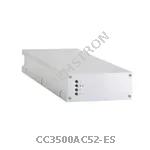 |
CC3500AC52-ES | AC/DC CONVERTER 52V 3500W | 463 More on Order |
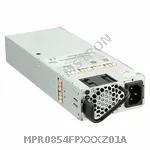 |
MPR0854FPXXXZ01A | AC/DC CONVERTER 54V 800W | 326 More on Order |
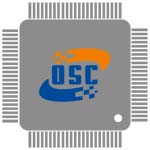 |
AXH010A0G3 | DC DC CONVERTER 2.5V 25W | 468 More on Order |
 |
APXH003A0X-SRDZ | DC DC CONVERTER 0.6-3.63V 11W | 336 More on Order |
 |
QRW025A0P1Z | DC DC CONVERTER 1.2V 30W | 270 More on Order |
 |
QRW025A0M641-H | DC DC CONVERTER 1.5V 38W | 219 More on Order |
 |
EVW020A0S6R041Z | DC DC CONVERTER 6V 120W | 165 More on Order |
 |
EHHD006A0B41-SZ | DC DC CONVERTER 12V 72W | 396 More on Order |
 |
JNW350R641-18Z | DC DC CONVERTER 28V 350W | 227 More on Order |
 |
QW030B1 | DC DC CONVERTER 12V 36W | 334 More on Order |
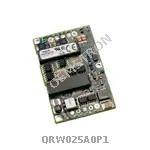 |
QRW025A0P1 | DC DC CONVERTER 1.2V 30W | 490 More on Order |
 |
QBK025A0B1 | DC DC CONVERTER 12V 300W | 169 More on Order |
 |
LW020A71 | DC DC CONVERTER 5V 20W | 338 More on Order |
 |
LW015D981 | DC DC CONVERTER 2V 15W | 227 More on Order |
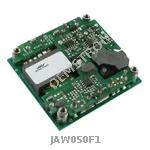 |
JAW050F1 | DC DC CONVERTER 3.3V 33W | 138 More on Order |
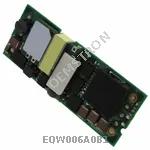 |
EQW006A0B1 | DC DC CONVERTER 12V 72W | 477 More on Order |
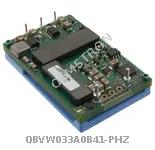 |
QBVW033A0B41-PHZ | DC DC CONVERTER 12V 396W | 236 More on Order |
 |
JRCW450R41-18Z | DC DC CONVERTER 32V 450W | 295 More on Order |
 |
QBVW025A0B41-HZ | DC DC CONVERTER 12V 300W | 108 More on Order |
 |
EBVW020A0B9641Z | DC DC CONVERTER 12V 240W | 328 More on Order |
 |
EHHD010A0B841-HZ | DC DC CONVERTER 12V | 280 More on Order |
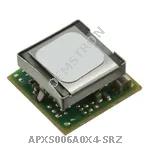 |
APXS006A0X4-SRZ | DC DC CONVERTER 0.6-5.5V 32W | 400 More on Order |
 |
NQR010A0X4Z | DC DC CONVERTER 0.6-6V 60W | 4107 More on Order |
 |
APXW012A0X3-SRZ | DC DC CONVERTER 3-18V 12A | 10602 More on Order |

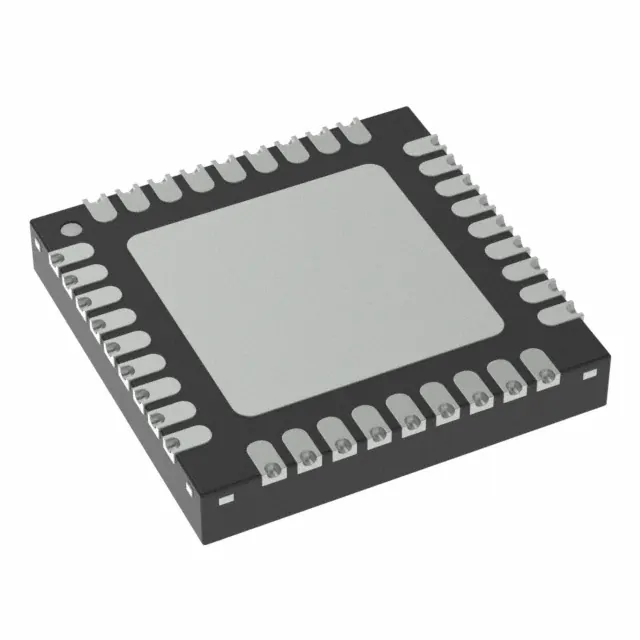 Semiconductors
Semiconductors









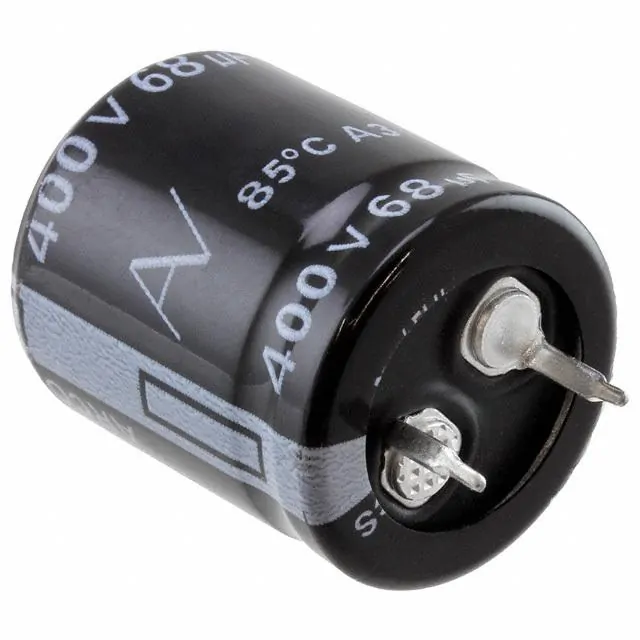 Passive Components
Passive Components









 Sensors
Sensors








 Power
Power









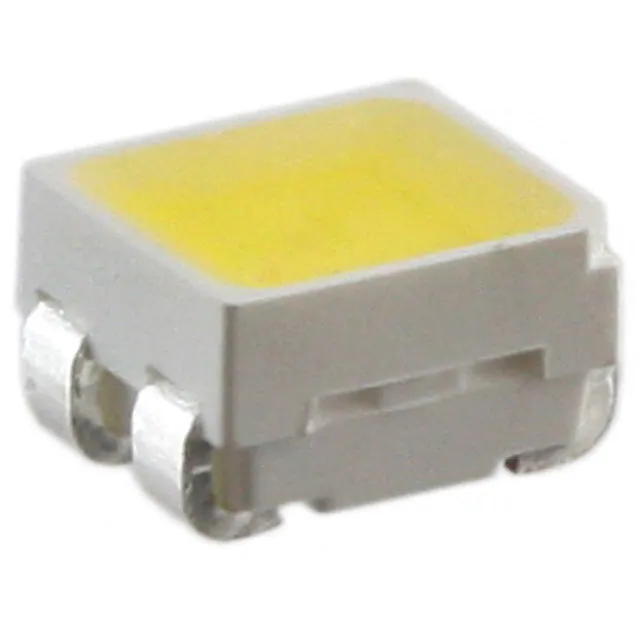 Optoelectronics
Optoelectronics








